The Environmental Benefits of Using A Wood Chipper
- December 20, 2023
- 0 comment
Go green in your garden! Discover the surprising environmental benefits of using a wood chipper, from waste reduction to resource creation. Dive into this informative review to learn how this handy tool can.
What You Need To Know About Wood Chipper

A wood chipper is a powerful outdoor tool designed to streamline the disposal of garden waste in various landscaping and gardening activities. This robust machine is a game-changer for professionals and enthusiasts alike, capable of efficiently reducing bulky branches, trimmings, and other organic debris into manageable wood chippings. Its primary function involves feeding wood through a chute, where internal blades break down the material into smaller, reusable chunks. The resulting wood chippings have multifaceted applications, contributing to sustainable practices by minimizing traditional waste disposal methods. Wood chippers come in various sizes and styles, offering flexibility to users based on their specific needs. Not only do these machines expedite the cleanup process, but they also play a crucial role in promoting environmental friendliness by transforming garden waste into valuable resources. Whether you’re engaged in landscaping, tree work, or grounds maintenance, a wood chipper proves to be an indispensable tool that combines efficiency with eco-conscious practices.
Common Applications
A wood chipper can be used for a variety of purposes, making it a versatile and valuable tool in gardening, landscaping, and outdoor maintenance. Here are some of the key applications for wood chippings produced by a wood chipper:
- Mulch for Landscaping: Wood chippings serve as excellent mulch for landscaping. These larger chunks of wood, compared to traditional mulch, last several seasons, providing cost-effective coverage. Additionally, wood chips help regulate soil temperature and moisture.
- Garden Compost: Wood chips make organic and natural compost. By spreading a layer of wood chips on the soil surface, you create a nutrient-rich environment that supports new growth. This is particularly useful for recycling large amounts of branches generated through tree pruning or brush trimming.
- Cushioning for Playgrounds: Wood chippings are a safe and versatile option for playground cushioning. They create an effective surface for preventing injuries, and their flexibility makes them less sensitive to extreme temperatures. Moreover, wood chips require less long-term maintenance compared to alternative materials.
- Paths and Walkways: Using wood chips to create paths and walkways is a sustainable way to repurpose chippings from trees that have been cut down. The chunks of wood can be laid between raised planter beds, providing a neat and visually appealing solution. Wood chips also prevent weed growth and require less maintenance than gravel or paving stones.
- Soil Erosion Prevention: In areas of a garden where soil erosion is a concern, wood chippings can be used to form a barrier. By tilling the chips into the soil, they absorb water and help keep the ground stable. While this is a temporary solution, it effectively protects the soil until a more permanent solution is implemented.
These diverse applications showcase the environmental benefits and resourcefulness of wood chippings produced by a wood chipper. From enhancing the aesthetics of outdoor spaces to promoting sustainable practices, the versatility of wood chippings makes them a valuable byproduct of the wood chipping process.
Environmental Benefits
1. Waste Reduction
Wood chippers are essential tools in minimizing green waste by efficiently converting branches, leaves, and prunings into valuable wood chippings. This straightforward process results in a significant decrease in the volume of garden debris, reducing the amount that would otherwise end up in landfills or require alternative disposal methods. By addressing the challenge of green waste at its source, wood chippers contribute to a more sustainable and eco-friendly approach to outdoor waste management.
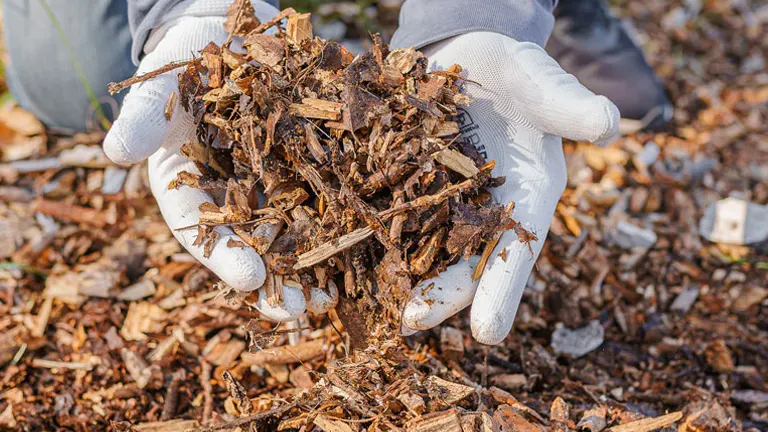
In addition to the immediate reduction in green waste, the use of wood chippers highlights the broader significance of responsible waste management practices in outdoor spaces. This approach not only aligns with principles of environmental sustainability but also underscores the importance of considering the entire lifecycle of garden materials. Integrating wood chippers into outdoor maintenance routines allows individuals and businesses to actively participate in fostering a more conscientious and environmentally friendly waste management system, promoting a healthier balance between human activities and the natural world.
2. Mulching for Soil Health
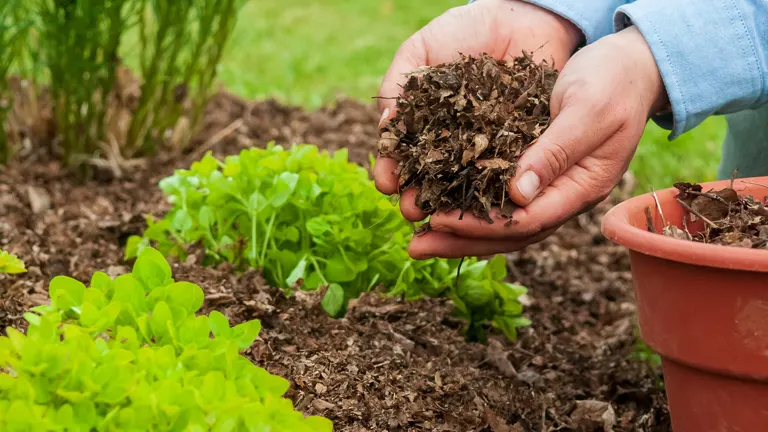
The utilization of wood chippers yields valuable wood chippings that serve as an effective mulch for cultivating soil health. Mulching, a practice with multifaceted benefits, regulates soil temperature, preserves essential moisture, and inhibits the proliferation of weeds. Beyond these advantages, the application of wood chippings as mulch creates a conducive environment for beneficial microorganisms, contributing to the overall vitality of the ecosystem beneath our feet.
3. Composting Material

Utilized in compost piles, wood chippings made from wood chippers prove to be a valuable addition. When mixed with nitrogen-rich materials, they actively participate in generating compost abundant in nutrients. The subsequent application of this nutrient-rich compost to the soil not only boosts fertility but also sustains plant growth in an environmentally responsible manner.
4. Erosion Control
In regions prone to soil erosion, the strategic deployment of wood chippings proves to be a practical solution in establishing a protective barrier. Positioned with foresight, these chippings act as a resilient defense against the erosive forces generated by heavy rain and winds. Their capacity to absorb and disperse water plays a pivotal role in minimizing the immediate impact of erosion, providing a crucial window of opportunity for the implementation of more enduring measures to safeguard the soil.
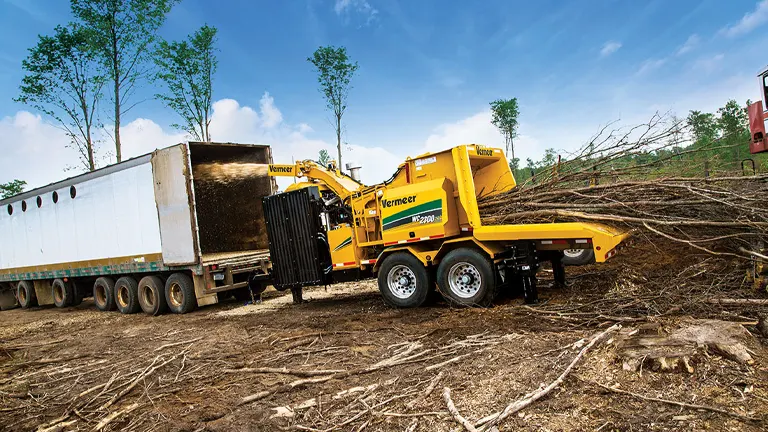
Moreover, the water-absorbing nature of wood chippings not only reduces the speed and intensity of water runoff but also contributes to effective moisture retention in the soil. This dual functionality not only mitigates erosive potential but also fosters a stable and moisture-rich soil environment. The organic composition of wood chippings further enhances soil structure, fortifying it against erosion over time. This temporary intervention, complemented by sustainable, long-term strategies, ensures a holistic approach to soil erosion management, preserving the integrity of the landscape for sustained resilience.
5. Biochar Production
Harnessing the versatility of wood chips extends beyond traditional uses; they can also play a pivotal role in producing biochar, a specialized form of charcoal enriched through immersion in nutrient-rich compost tea. This innovative approach not only repurposes wood chips but also transforms them into a valuable resource with multifaceted benefits for soil health.
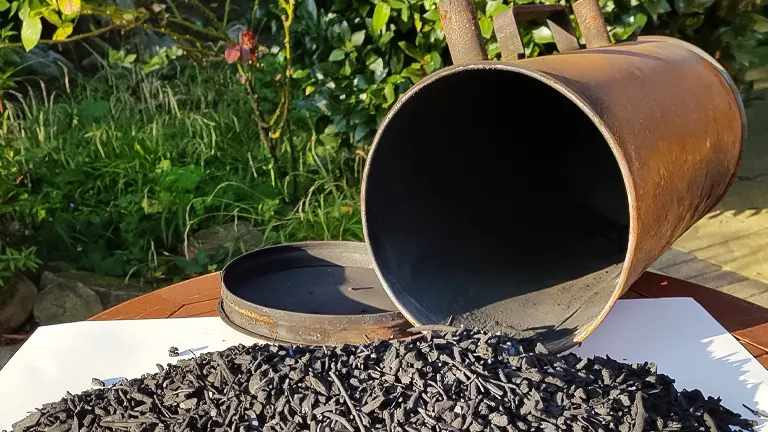
The application of biochar derived from wood chips goes beyond mere soil enrichment. This nutrient-rich charcoal catalyzes enhancing soil structure, fostering improved water retention, and acting as a carbon sequestration agent. The introduction of biochar into the soil creates a sustainable and enduring impact, contributing to the long-term health and vitality of the soil ecosystem. As it interacts with the soil matrix, biochar promotes a more stable and fertile environment, laying the foundation for sustainable agricultural practices and environmental stewardship.
6. Energy Generation
Certain wood chippers are engineered with the specific purpose of generating wood chips tailored for biomass energy applications. This intentional design not only showcases the versatility of wood chippers but also positions them as contributors to sustainable energy practices, fostering a transition towards cleaner and renewable alternatives.
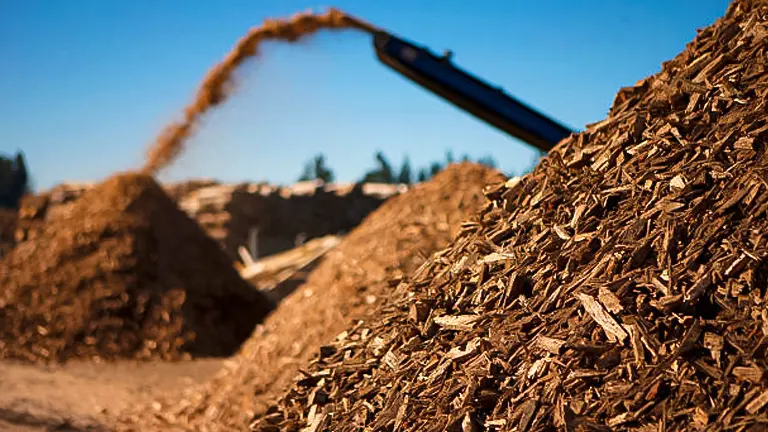
In embracing wood chips as a renewable energy source, there is a notable reduction in dependence on non-renewable alternatives. This shift towards biomass energy not only aligns with environmental sustainability goals but also plays a pivotal role in mitigating the carbon footprint associated with conventional energy production. By integrating wood chippers into the renewable energy landscape, there is an opportunity to foster a cleaner and more ecologically responsible energy mix, contributing to a greener and more sustainable future.
7. Wildlife Habitat Creation
The deliberate piling of wood chips in designated areas serves as more than just an aesthetic choice; it becomes an active invitation for wildlife to inhabit and flourish. Insects, crucial pollinators for plant life, find refuge in the intricate spaces between the chips. Additionally, small mammals discover shelter and nesting opportunities within this organic haven, further enriching the ecological tapestry of the area. The intentional cultivation of these wood chip habitats not only enhances the local biodiversity but also contributes to the overall health and balance of the garden’s ecosystem.
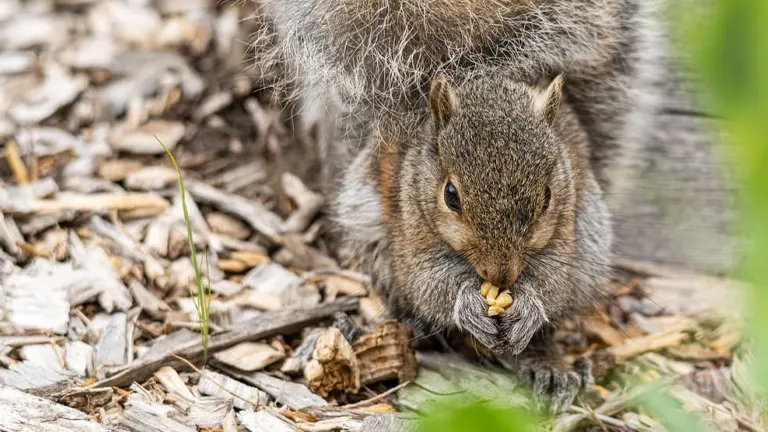
Beyond the immediate aesthetic appeal, the intentional use of wood chips to create wildlife habitats exemplifies a harmonious coexistence between cultivated outdoor spaces and the natural world. By providing these havens for various creatures, individuals contribute to the intricate web of life within their immediate surroundings. This approach aligns with principles of ecological stewardship, fostering a balanced and sustainable relationship between human-designed landscapes and the inherent biodiversity of the environment.
8. Alternative Playground Surface
Wood chippings that is made from wood chippers serve as a versatile playground surface, offering natural cushioning that enhances safety during recreational activities. The inherent resilience of these organic materials provides a softer landing, reducing the impact of falls and minimizing the potential for injuries. This aspect becomes particularly crucial in areas frequented by children, ensuring a safe and secure play environment while promoting an appreciation for sustainable alternatives to more conventional, non-biodegradable materials.

The use of wood chippings in playground surfaces extends beyond safety considerations—it becomes a commitment to environmental stewardship. Unlike traditional materials that may contribute to long-lasting waste, wood chippings gradually break down over time, returning to the natural environment without leaving a lasting ecological footprint. This cyclical process embodies a sustainable approach to outdoor play spaces, fostering a connection between recreation and environmental responsibility. By choosing wood chippings, individuals actively participate in creating playgrounds that prioritize both safety and ecological impact, aligning with the contemporary ethos of sustainable living.
9. Reuse of Pruned Material
Wood chippers are essential for making the most of pruned branches and trees. Rather than tossing these materials aside, they go through a transformation, turning into valuable resources for various landscaping uses. The chipping process creates wood chippings, versatile materials suitable for mulching, composting, or even playground surfaces. This practical utility marks a shift from traditional disposal methods, highlighting the proactive use of organic waste to contribute to a circular economy.

Incorporating wood chippers into landscaping practices is a step toward a circular and sustainable approach for both individuals and businesses. This method helps minimize the environmental impact of disposing of green waste, moving away from linear models of resource consumption. The circular economy mindset promotes an ongoing cycle of resource use, recycling, and repurposing, aligning landscaping practices with broader sustainability goals. Wood chippers, in this context, serve not only as efficient waste management tools but also as catalysts for a more mindful and regenerative approach to landscaping, emphasizing the cyclical nature of organic materials in the ecosystem.
10. Carbon Sequestration
Effectively using wood chippings, especially in mulching and composting, offers a practical way to sequester carbon in the soil. This process involves capturing and storing carbon within the soil, a crucial strategy for lessening the impact of climate change. As wood chippings naturally decompose, they release carbon into the soil, contributing to an environmentally friendly and sustainable approach to conservation. This practice aligns with broader initiatives to address climate change and highlights the role of thoughtful landscaping and gardening practices in promoting a healthier planet.
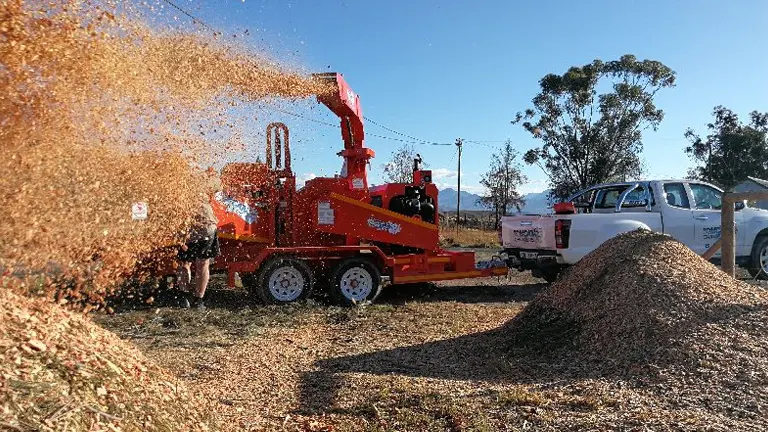
When handled responsibly and with environmental awareness, wood chippers become essential tools in encouraging eco-friendly practices in gardening, landscaping, and outdoor upkeep. By adopting sustainable methods like incorporating wood chippings in mulching and composting, individuals actively contribute to a more environmentally conscious and responsible approach to outdoor activities. This dual commitment to environmental well-being and mindful wood chip application represents a balanced integration of technology and ecological responsibility, demonstrating the potential for positive change in landscaping practices.
Factors to Consider When Choosing Wood Chippers
- Feed Capacity: Determine the amount of wood you need to process regularly. Choose a wood chipper with a feed capacity that matches your workload. Larger feed capacities are suitable for heavy-duty tasks, while smaller ones are more convenient for occasional use.
- Power: Assess the power of the wood chipper, typically measured in horsepower (HP). The power requirement depends on the size and type of wood you’ll be chipping. For extensive or professional use, opt for a higher horsepower model, ensuring it can handle various wood sizes.
- Maneuverability: Consider the maneuverability of the wood chipper, especially for larger projects. If you anticipate moving the chipper around frequently, choose a model that is easy to transport, either through wheels or towable options.
- Storage: Wood chippers are substantial equipment that requires storage space. Assess your available storage area and choose a chipper that fits comfortably. If storage space is limited, you may also consider rental options for occasional use.
- Type of Wood Chipper: Wood chippers come in various types, including electric, gas-powered, and tractor-mounted models. Choose the type that aligns with your power source preference and the scale of your projects. Electric chippers are suitable for smaller tasks, while gas-powered and tractor-mounted ones offer more power for extensive projects.
- Additional Features: Look for additional features that enhance the chipper’s functionality. Features like a shredder for leaves, multiple chipping settings, and safety mechanisms can make the wood chipping process more convenient and safer.
- Cost: Establish a budget based on your specific needs and the frequency of use. Consider the initial cost, maintenance expenses, and fuel or electricity costs when evaluating the overall affordability of the wood chipper.
- Brand Reputation: Research and consider the reputation of the brand or manufacturer. Reading reviews and seeking recommendations can provide insights into the reliability and durability of the wood chipper.
- Availability of Replacement Parts: Check the availability of replacement parts for the wood chipper. Opt for a model from a manufacturer with easily accessible and affordable replacement parts to ensure the longevity of your equipment.
By carefully considering these factors, you can select a wood chipper that aligns with your specific requirements, making your gardening and landscaping tasks more efficient and enjoyable.
Final Verdict
In summary, wood chippers offer a dual advantage, reducing waste and providing versatile landscaping solutions. This aligns with circular economy principles, minimizing landfill impact and promoting responsible resource use. Beyond waste reduction, wood chippers contribute to holistic landscaping practices, fostering soil health and wildlife habitats. Incorporating wood chippers plays a pivotal role in creating a greener, more sustainable environment, making them a practical and eco-friendly solution for diverse landscaping needs.
FAQs
- Can wood chippers help combat climate change?
Absolutely. Wood chippers play a crucial role in reducing green waste, which, in turn, helps sequester carbon in the soil. This active carbon capture contributes to mitigating the impacts of climate change. - How do wood chippings contribute to a sustainable garden ecosystem?
Wood chippings, when used as mulch, create a microenvironment that supports beneficial microorganisms, fostering a healthier and more sustainable garden ecosystem. - Can wood chippers be part of a zero-waste landscaping approach?
Yes, indeed. By repurposing pruned branches and trees into valuable wood chippings, wood chippers align with a zero-waste philosophy, promoting a circular and sustainable approach to landscaping. - What role do wood chippers play in preserving soil fertility?
Wood chippings, when composted with nitrogen-rich materials, contribute to nutrient-rich compost. This compost, when applied to the soil, enhances fertility and supports plant growth in an environmentally sustainable manner. - How can wood chippings be used in creating wildlife-friendly gardens?
Wood chippings, strategically placed, not only prevent soil erosion but also create habitats for wildlife. This encourages biodiversity, making your garden a welcoming space for various creatures. - Are there considerations for using wood chippings in playgrounds?
Absolutely. Wood chippings, when used as a playground surface, provide a natural and eco-friendly alternative. They offer effective cushioning, reduce the risk of injuries, and break down over time, contributing to a sustainable play area. - Can wood chippings be utilized for sustainable energy practices?
Yes, indeed. Some wood chippers produce chips suitable for biomass energy. By using wood chips as a renewable energy source, it reduces reliance on non-renewable alternatives, supporting a cleaner energy mix. - How do wood chippers contribute to responsible outdoor waste management?
Wood chippers actively contribute to responsible waste management by minimizing green waste, showcasing a commitment to a more sustainable and eco-friendly approach in outdoor spaces.
As we wrap up our journey into the green wonders of a wood chipper, let’s carry its impact on outdoor spaces. From leaves whispering into wood chippings to gardens thriving under mindful waste management, the wood chipper is a sustainability steward. In your landscaping, envision a harmonious dance between nature and technology—a hum of possibilities for a greener tomorrow. Until our next eco-friendly exploration, may your landscapes flourish, and your stewardship thrive.

Benjamin Brooks
Forestry AuthorGreetings! I'm Benjamin Brooks, and my journey over the past 15 years has revolved around the fascinating realms of content creation, expertise in snow clearing, and the intricate world of lumberjacking and landscaping. What began as a simple curiosity about the natural world and heavy machinery has evolved into a passionate profession where my love for crafting words intertwines seamlessly with my lumberjacking and garden skills.

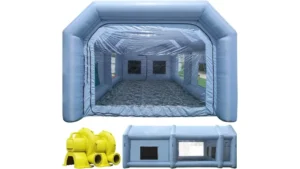
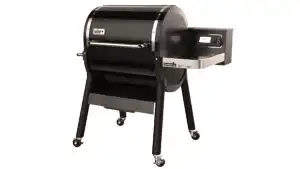
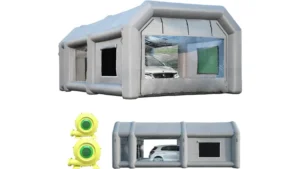

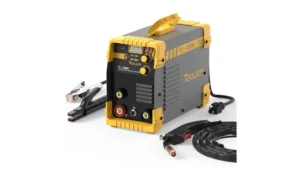

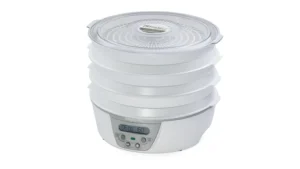




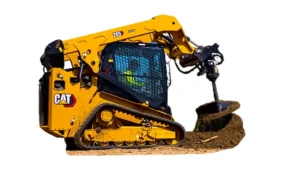
Leave your comment